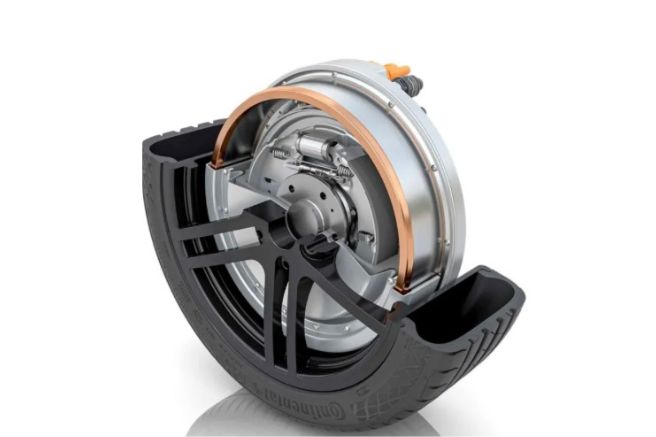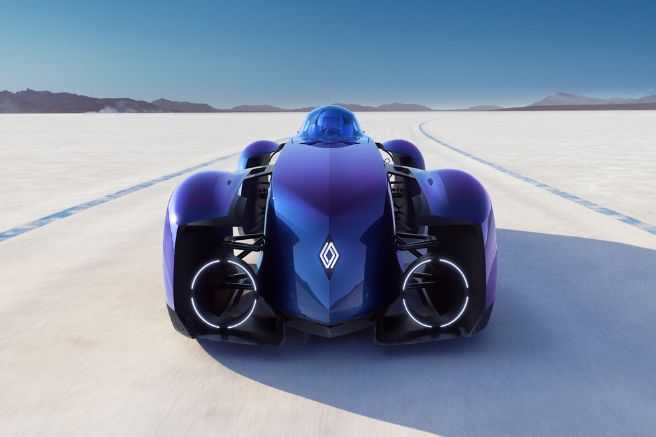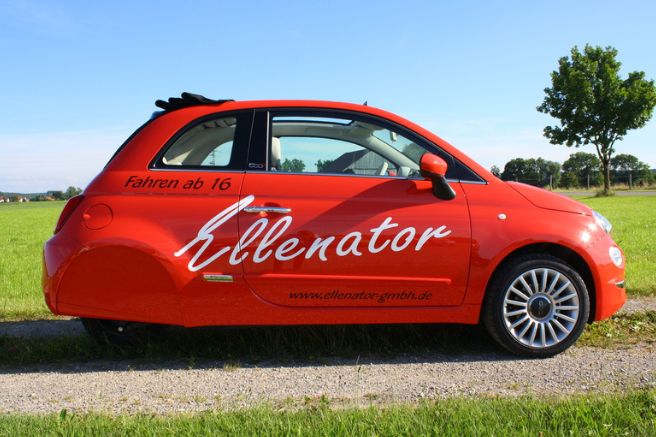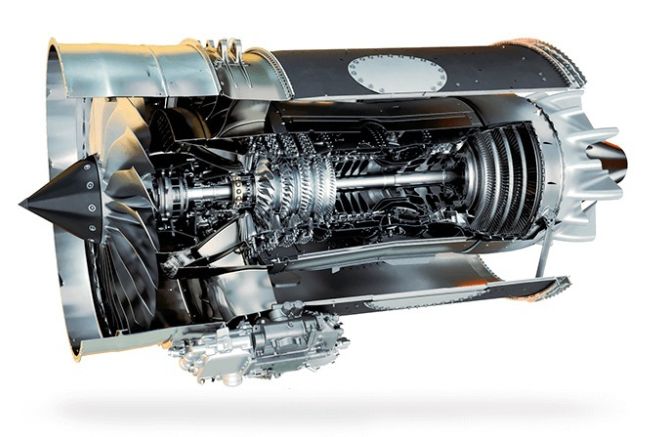
The electric motor is built by the German startup DeepDrive, a dual radial flow rotor available in power ratings of 18, 150, and 180 kilowatts. The first operates at 54 volts targeting light urban vehicles, while the other two operate at a voltage of 420 volts, aiming to equip vehicles for a broader range.
The main feature of both units is their discoid and cylindrical shapes, which prompted BMW and Continental to consider the possibility of forming a strategic partnership with DeepDrive to develop a combined unit designed to be installed inside a wheel, capable of serving as both a propulsion and braking system. The goal is to create an integrated system that, through a single unit, performs multiple functions, allowing for a complete redesign of current vehicle construction layouts.
BMW, Continental, and DeepDrive: Strength in unity
By using battery packs integrated into the underbody and eliminating the space occupied by electric motors and their service groups, the entire ground projection area of the vehicle is freed up, available for cargo, whether goods or passengers.
The wheel-motor-brake can also easily give rise to simple and integral traction forms that, in any case, do not require differentials, as they can control rotational speeds and torque vectorially. Currently, a series of prototypes are in testing, and the brake is hydraulically activated.
The goal, however, is to eliminate this hydraulic activation in favor of a simpler and lighter electro-mechanical system. This, along with the final version of the wheel-motor-brake, is expected to be available from 2026 onwards in sizes starting from a minimum diameter of 18 inches.
Title: BMW, Continental, and DeepDrive United for Electric Vehicles
Author: Editorial Team



